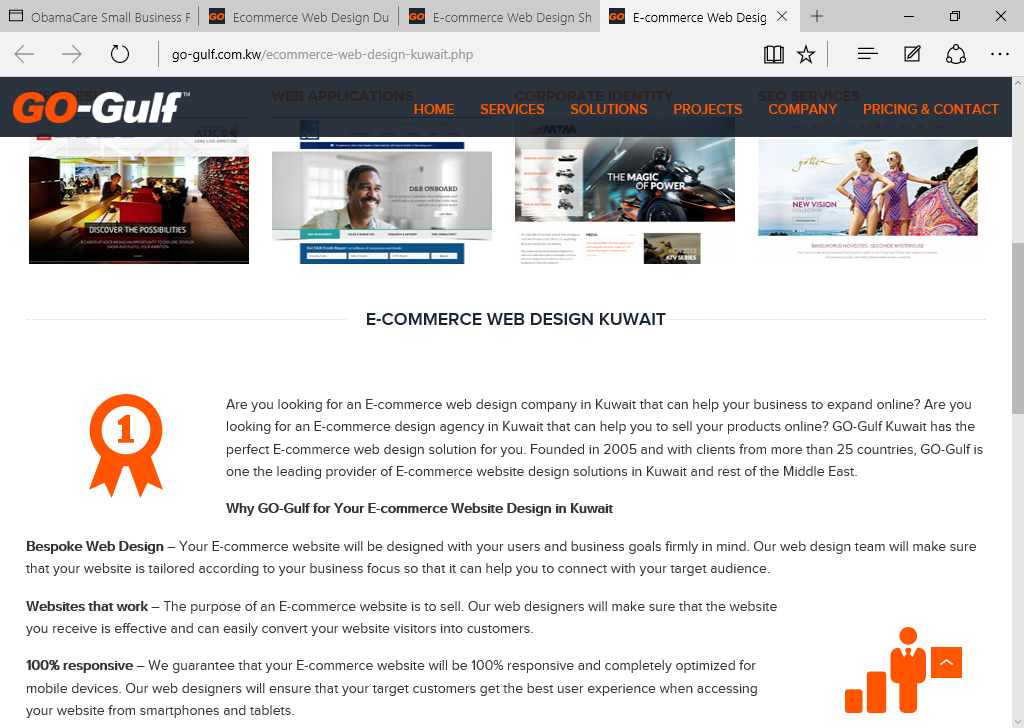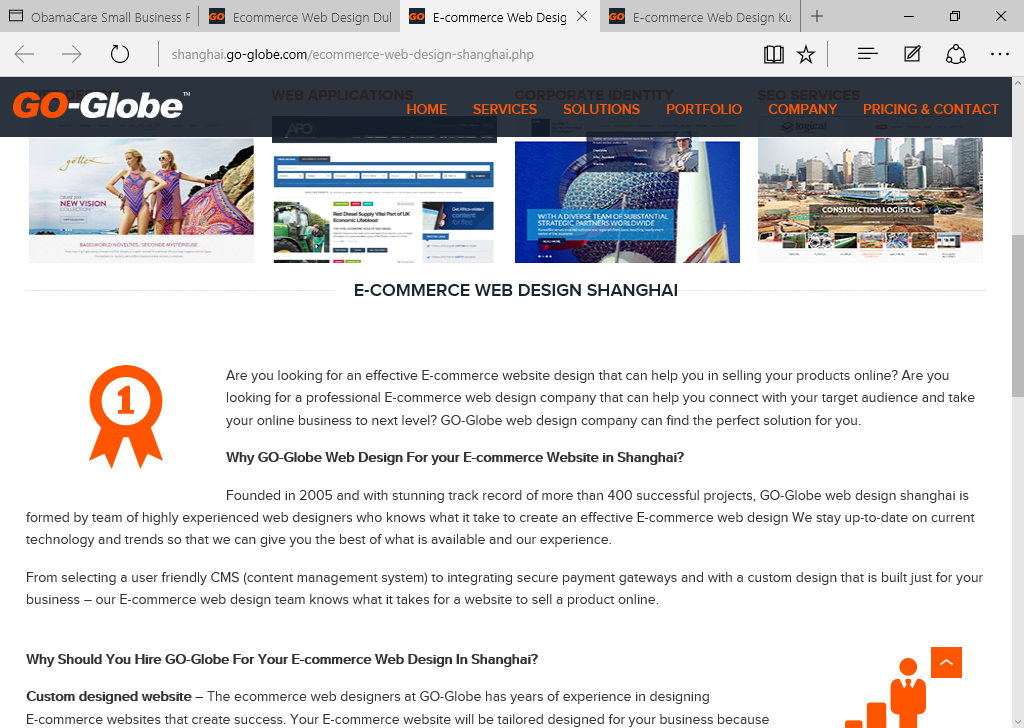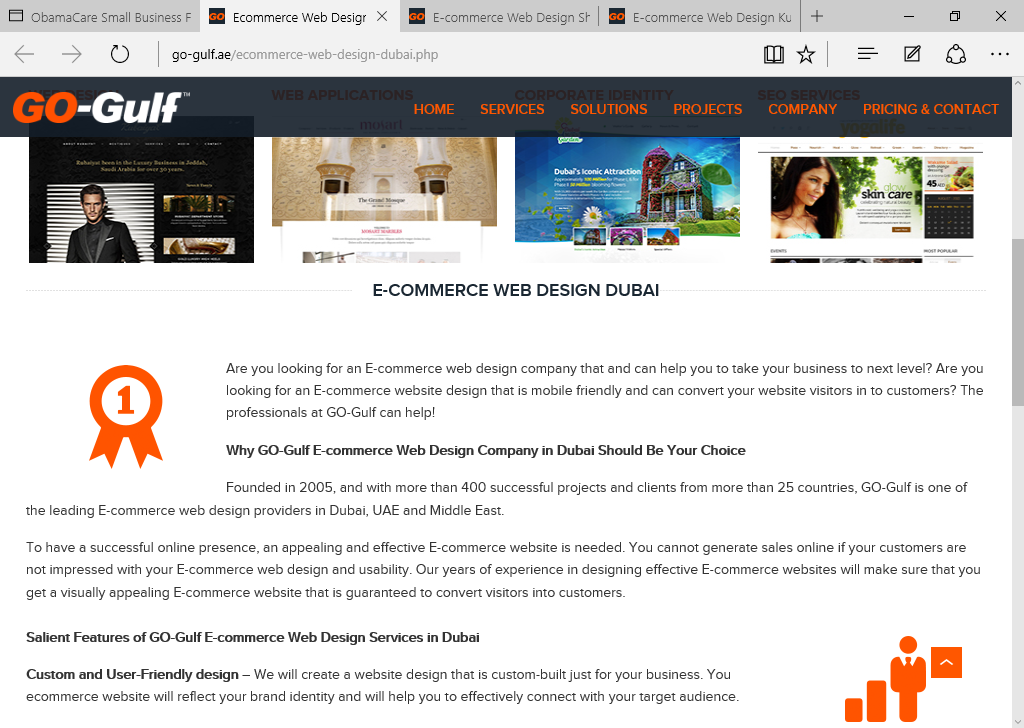Andrew Youderin wanted to grow his new website quickly and skip the dirty work, so he decided to outsource much of the search engine optimization (SEO) to an “experienced” SEO firm. A few months down, when he checked his analytics, he was horrified to see that his organic traffic had dropped by 80%.
What had gone wrong? Andrew’s SEO agency had committed one of the six common SEO mistakes that people commit. Take a read into the following six bad ideas people usually have about SEO, and try to guess which one Andrew’s agency was guilty of.
SEO Bad Idea #1: More Number of Pages Will Get Me Higher Rankings
The SEO mantra is to optimize each webpage for one or two keywords. Many site owners and SEO agencies put the cart before the horse by having too many pages with too little or low quality content. The logic is that the more pages you have, the better your chances of being discovered during organic searches. This idea can backfire if you don’t have sufficient content to support a large number of pages.
For instance, the following web design agency has separate pages optimized for dozens of different cities. The result is that we have too many pages with essentially the same content.
This may get your site flagged for low quality, thin or duplicate content. Google has been emphasizing for many years to focus on content and not keywords. Hence, a small number of pages with high quality content stand a much better chance of being ranked higher than a large number of pages with low quality content. Too many pages also make it difficult to maintain and monitor your website and may result in 403, 404, or crawl errors, which adversely impact your ranking.
SEO Bad Idea #2: A Large Number of Incoming Links is Good for SEO
A large number of spammy, over-optimized back-links will make your site hit by Penguin, and you may see it slipping down the SERP and ending up on page 50 if you don’t do anything.
For those who are new to this, incoming links are a direct measure of your domain’s authority. The search engine spiders interpret incoming links as a sign that you have high quality content on your pages. That’s why in the past people used to “buy” incoming links on any and all websites that allowed them. Google put an end to such black-hat practices by tweaking its algorithm in 2012, calling it the Penguin update.

Penguin determines the quality of your incoming links by analyzing the relevance and authority of the domain from where the links are originating. Hence, if you’re into buying back links or splashing your guest posts all over low quality blogs, you’re committing the second SEO sin of building spammy back-links. All the money you’re investing may actually get you lower rankings!
SEO Bad Idea #3: I Don’t Need Off Page Optimization at this Stage
This error can harm your SEO, especially if you’re a local business in Singapore or elsewhere. Remember it as a cardinal principle of SEO. Your business’s name, address, and phone numbers (NAP) should be identical across the Internet.
You may have changed your physical address and never thought of updating it on a couple of online directories. Your phone numbers may have changed, or you may have just listed your address in different ways on different places. Dissimilar NAP info works against your SEO efforts, as they don’t let search spiders determine your sites correct domain authority.
With the number of online directories, listings, social media pages, and other online channels around, it can be easy to lose track of all the places where you had listed your business. You can use this Local Checkup Tool to find out how your business is listed across the Internet.
SEO Bad Idea #4: Long Tail Keywords are Useless
Quite the opposite is true. Most people don’t bother about long-tail keywords because they are used much less than common keywords. However, it’s much easier to rank for longer and more specific keywords. Moreover, traffic coming via long-tail keywords has better chances of conversion, as their search terms are more specific and relevant to your business.
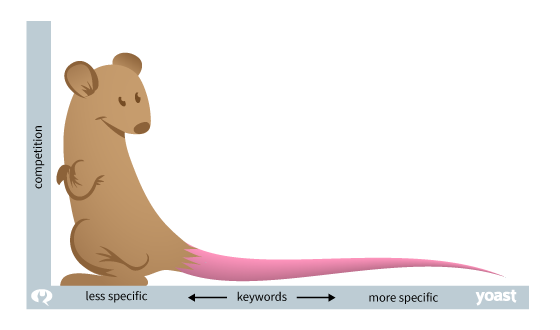
For instance, I start my search with the term “restaurant in Singapore,” a common keyword. After looking at some of the results that appear, I decide to search for “Italian restaurant in city center.” If any of the restaurants has optimized for this long-tail keyword, chances are that it will appear on the top spot (provided they haven’t committed any of the other blunders described in this post).
SEO Bad Idea #5: Social Media Shares as Back-links
The number of social media shares does count toward the way your site is ranked these days. However, the social media shares (particularly on Facebook and Twitter) do not create the kind of back-links that search engines take into account for ranking your website (called do-follow links). Hence, you still need to follow a thoughtful link building strategy in order to take advantage of all the search signals.
This is not to say that social media activity does not impact your SEO ranking. It does. Take a look at the latest ranking factor survey by MOZ. It shows that Facebook shares and Tweets now impact your SEO ranking, though not as much as high quality incoming links.
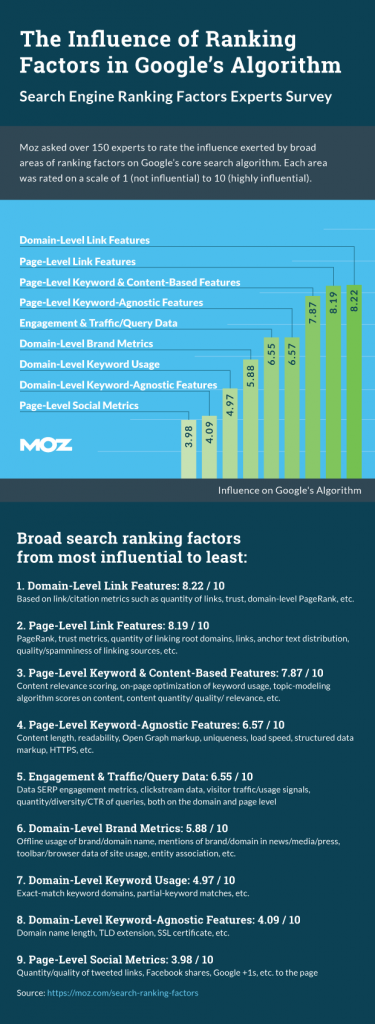
SEO Bad Idea #6: I Should Rank for Many Different Keywords on Homepage
All too often, people try to direct all their traffic to their homepage. The idea is to provide a single entry to their website from where users (and search spiders) may navigate to all their pages. However, today’s SEO doesn’t work this way. Google started penalizing websites for over-optimization back in 2012. Today, the search spiders ( and the engineers behind them) have grown much smarter. Your site may get flagged for keyword stuffing or over-optimization, and all your SEO efforts may be in vain.
The correct way is to optimize your homepage for your most important keywords, and sprinkle the rest of your keywords equitably across the rest of your pages.
So, can you guess what the agency did wrong in the example at the start of this article? I look forward to your comments and questions.


